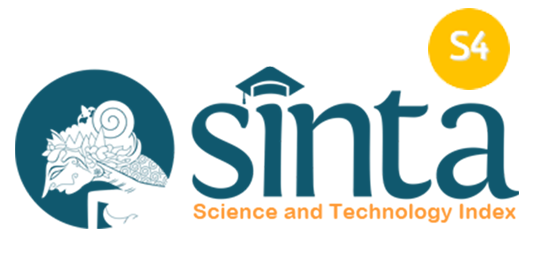The Impact of Gadget Use on Personal-Social and Language Development in Preschool Children at TK Bintang Permata
DOI:
https://doi.org/10.24843/mifi.000000459Keywords:
Children, Language, Gadgets, Personal-Social DevelopmentAbstract
Introduction: Technology, particularly gadgets, is no longer limited to adults; even young children now use them. Excessive gadget use can negatively impact children's personal-social and language development, reducing crucial early social interactions. This study analyzes the relationship between gadget use duration and personal-social and language development in children aged 4–6 years at TK Bintang Permata.
Methods: This cross-sectional study was conducted at TK Bintang Permata from May to September 2024 using Spearman’s rho test. A purposive sample of 84 children aged 4–6 years was selected. Data were collected through parental interviews to determine children's gadget usage duration, while the Denver Developmental Screening Test (DDST) was used to assess personal-social and language development levels.
Results: The analysis revealed a negative correlation between gadget use duration and personal-social development (r = -0.781) as well as language development (r = -0.806), with a significance value of 0.000 (p < 0.05).
Conclusion: A significant and strong negative correlation was found between gadget use duration and personal-social and language development in children aged 4–6 years at TK Bintang Permata. This indicates that the longer a child uses gadgets, the lower their personal-social and language development levels. These findings highlight the importance of limiting screen time to enhance social interactions and language skills, fostering a more supportive environment for holistic development. However, this study has limitations, including its cross-sectional design, which prevents causal inference, potential bias from parental self-reports, and limited generalizability due to the purposive sampling method.
Downloads
Published
Issue
Section
License
Copyright (c) 2025 Kadek Diah Sagita Pradnyandari, Sayu Aryantari Putri Thanaya, Putu Ayu Sita Saraswati, Indah Pramita (Author)

This work is licensed under a Creative Commons Attribution 4.0 International License.







